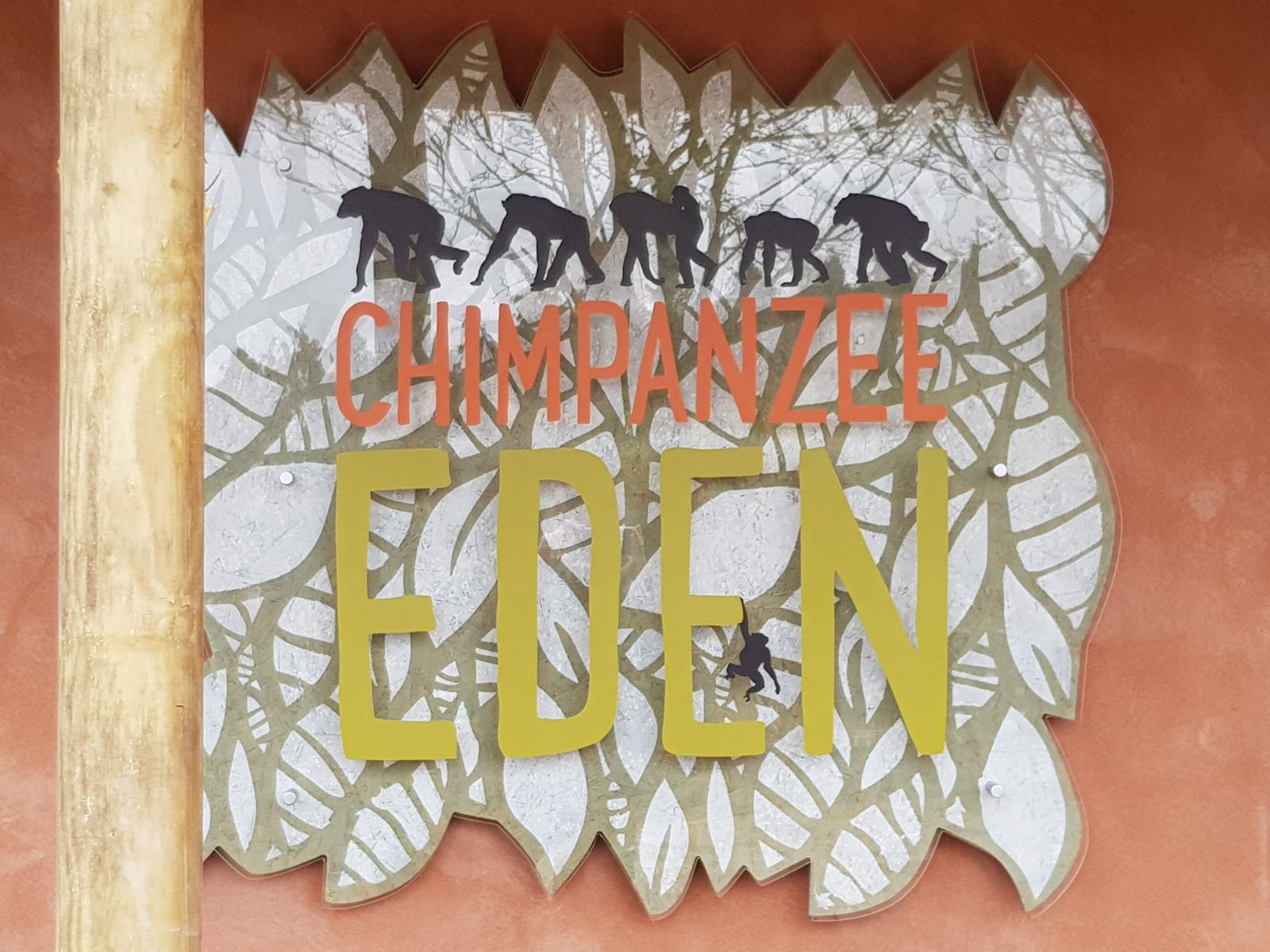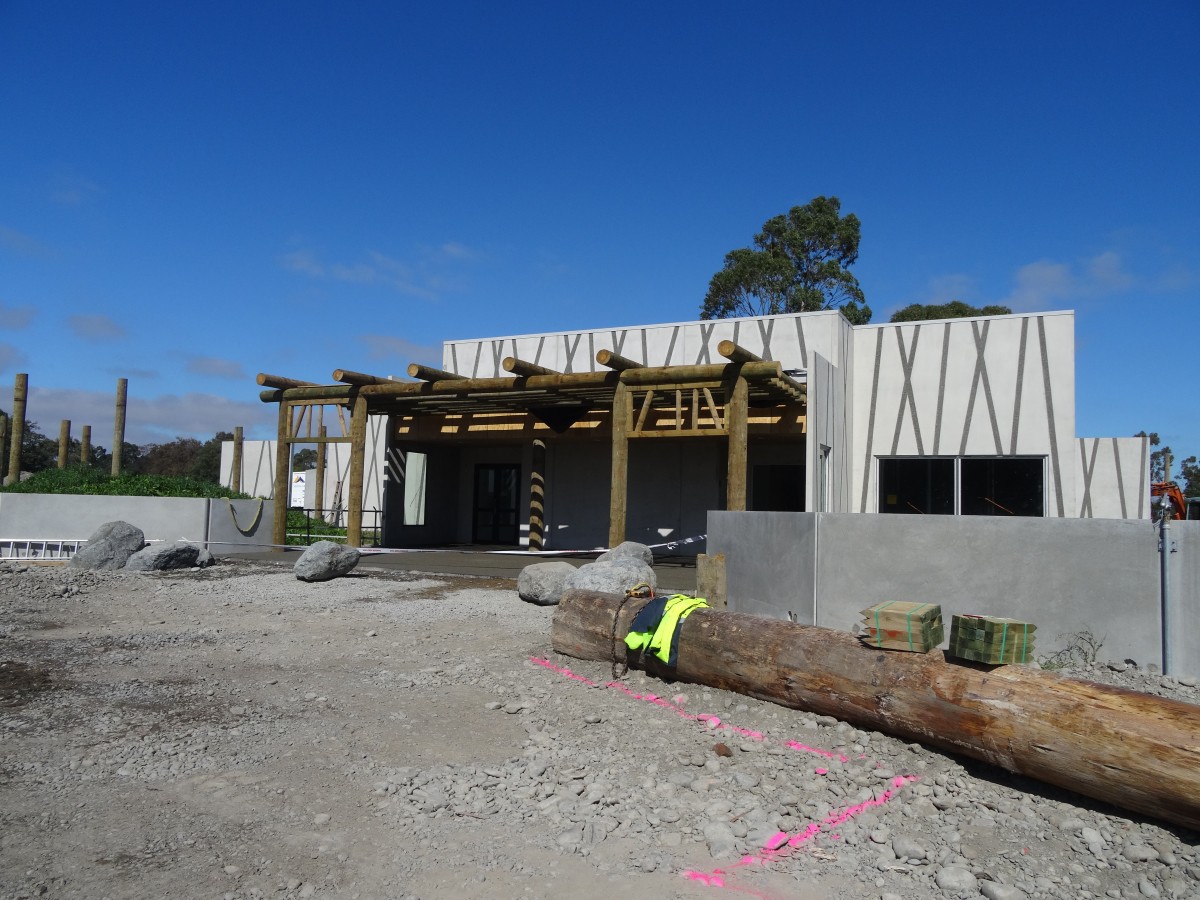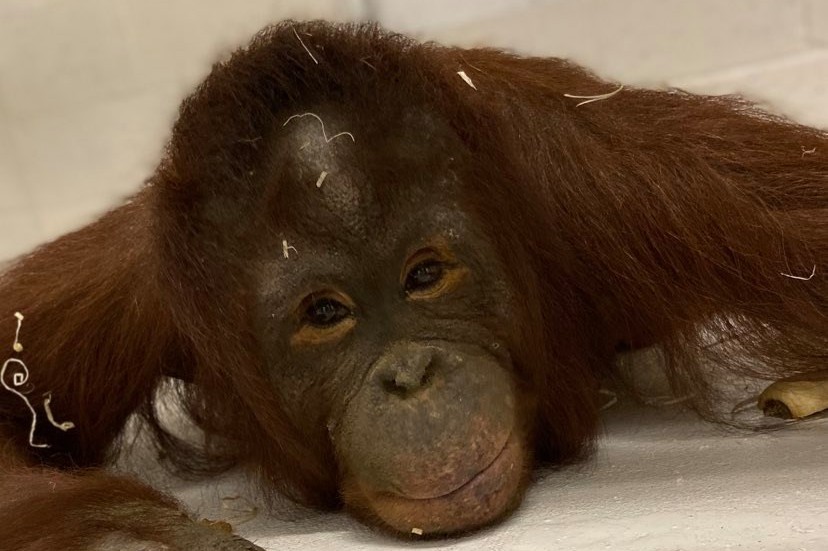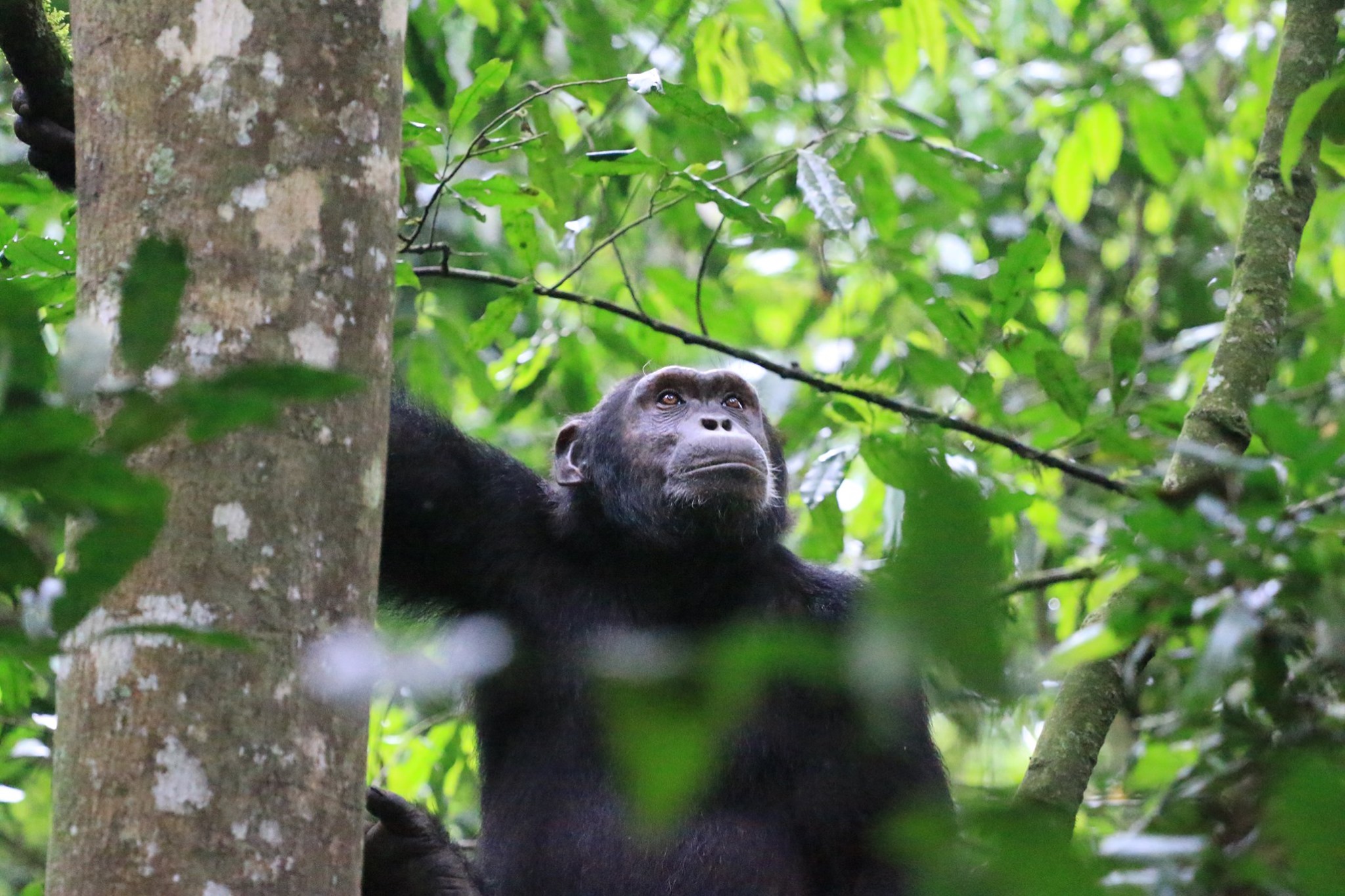Wound management through training
Past projects >> Wound management through training

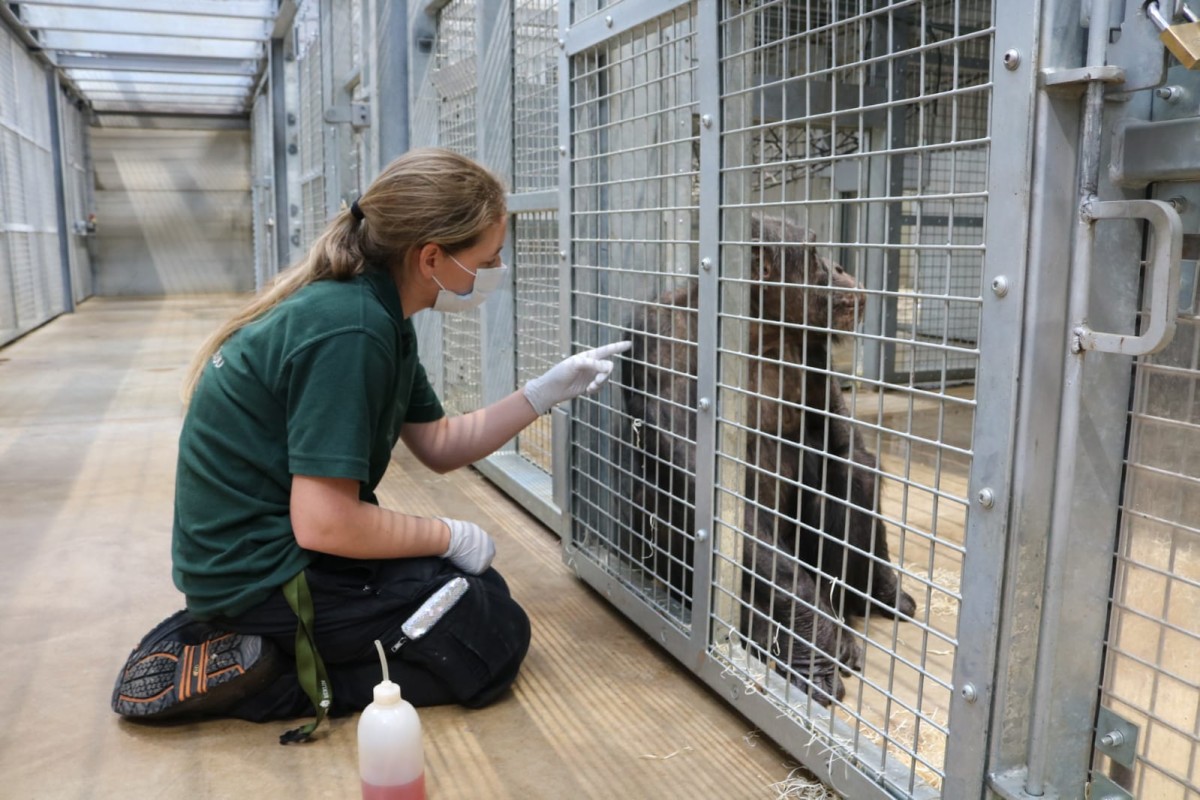
Training process
Flyn is a 33 year old, male chimpanzee who is housed with another 12 chimpanzees in a UK zoo. When housing natural multi male - multi female groups it is important for them to occasionally become aggressive in order to assess hierarchy, establish dominance and make or retain alliances within their troop, therefore wounds are common in chimpanzee groups in the wild and in a zoo setting.
In 2019 Flyn sustained a large wound to his outer thigh during an
altercation with another male. The wound was severe enough to warrant
immediate veterinary intervention so Flyn was separated and assessed
by a vet. He was left to settle with his keepers whilst preparations
began to anaesthetise him in order to suture his leg. The wound was
sutured in multiple layers to keep it as secure as possible, Flyn was
also given antibiotics and pain relief.
Once integrated back into the group the keepers used a variety of
techniques to keep Flyn and the other chimps busy but unfortunately
within a day or two Flyns leg wound had opened back up again.
Although a lot smaller than the original wound, it was still large
enough to cause issues if left to heal by itself and another surgery
was deemed futile at this point.
It was decided the ape team would train Flyn for topical treatment of the wound and under the direction of the vet team they began to fomulate a training plan and treatment schedule for Flyn. Flyn was seperated into one of the off show beds before each training session but always given the option to leave if he asked to (stood by the slide) usually during dissagreements within the group as this was important to maintain his social status and affiliations, especially with the dominant male who relied on his assistance to keep the younger males in check. Firstly Flyn was trained to present his leg laterally as close to the mesh as possible so the wound could be visually examined, then trained to allow the removal of foreign bodies using tweezers (as at this point Flyn had decided his new wound was an excellent place to store his peanuts).
Next Flyn was trained to receive a saline flush to clean the wound and also for cream, gel and a barrier spray to be administered topically using a long cotton bud. After some time and further assessment by the vets the team was asked to debride the outside of the wound where it had hardened over time to ensure the wound would knit nicely together. This involved training Flyn to accept debridement using a soft ‘lolly’(a large soft fibered pad on a stick used to remove hard tissue from the outside of wounds to prevent scabbing). Lastly when it became available Flyn was trained to accept a laser which involved holding his leg still for up to four minutes whilst a laser was held close to the wound.
Despite a few set backs where the wound reopened slightly due to disputes within the group, the wound had healed completely within six months.
Timeline

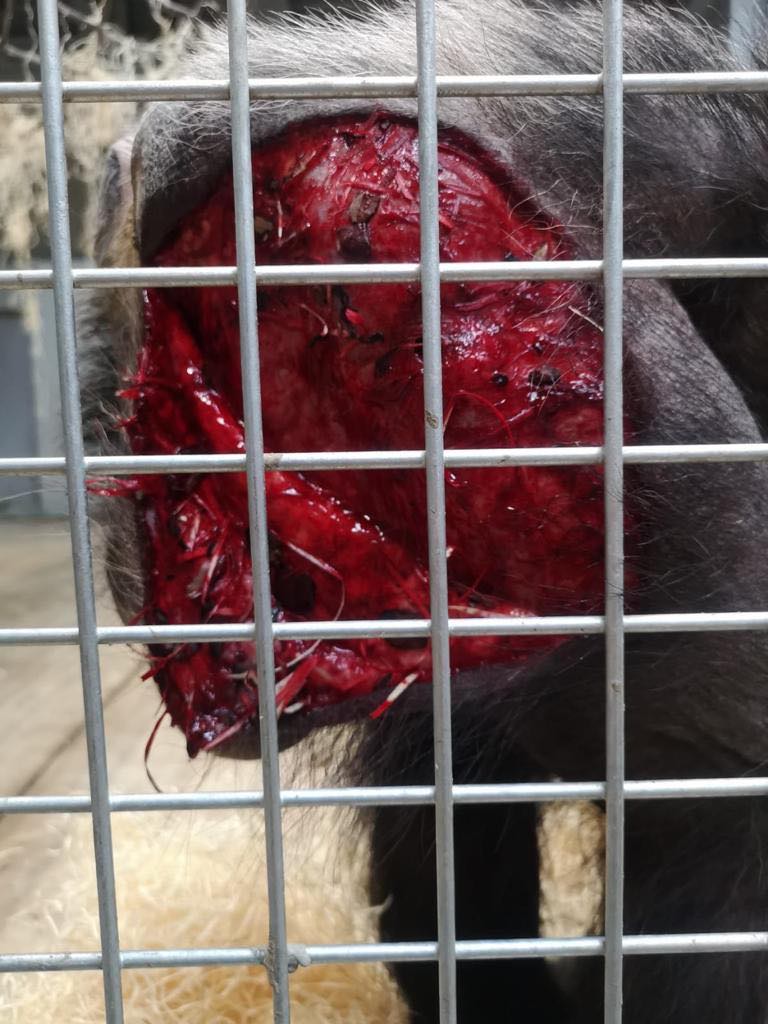

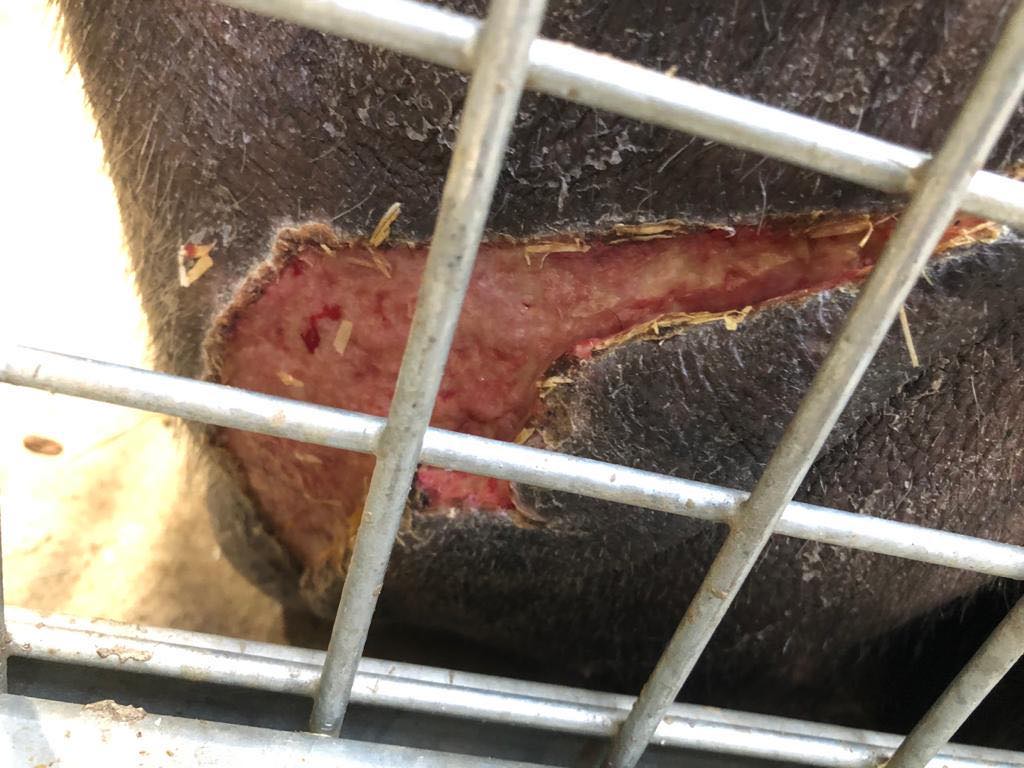

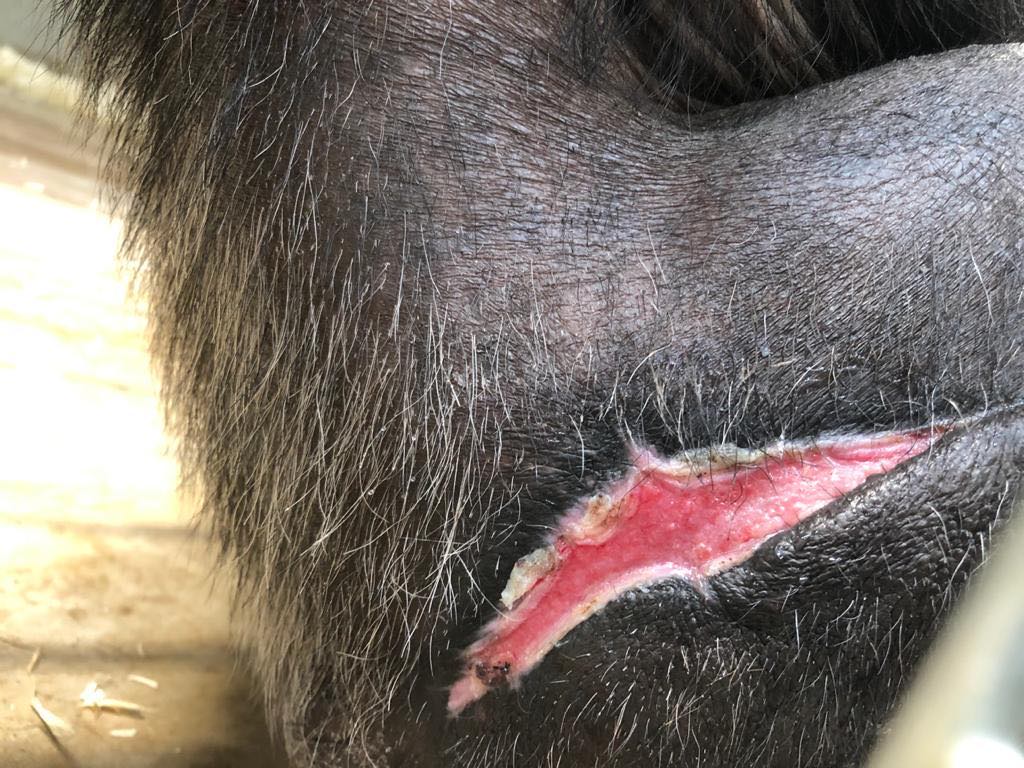
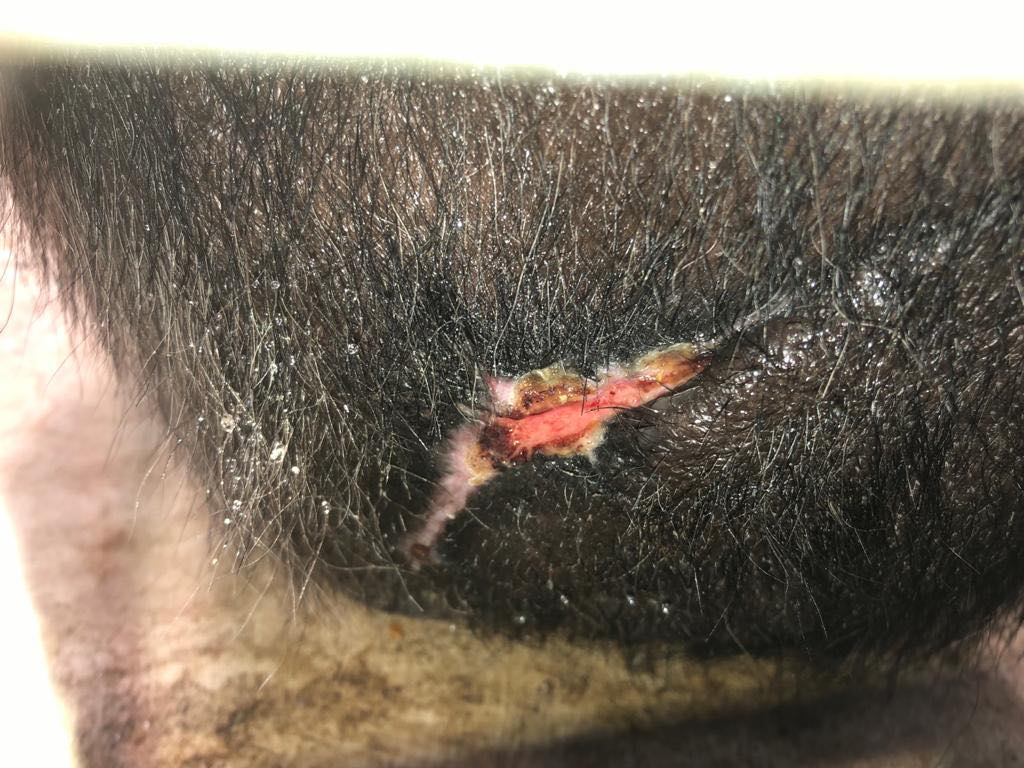
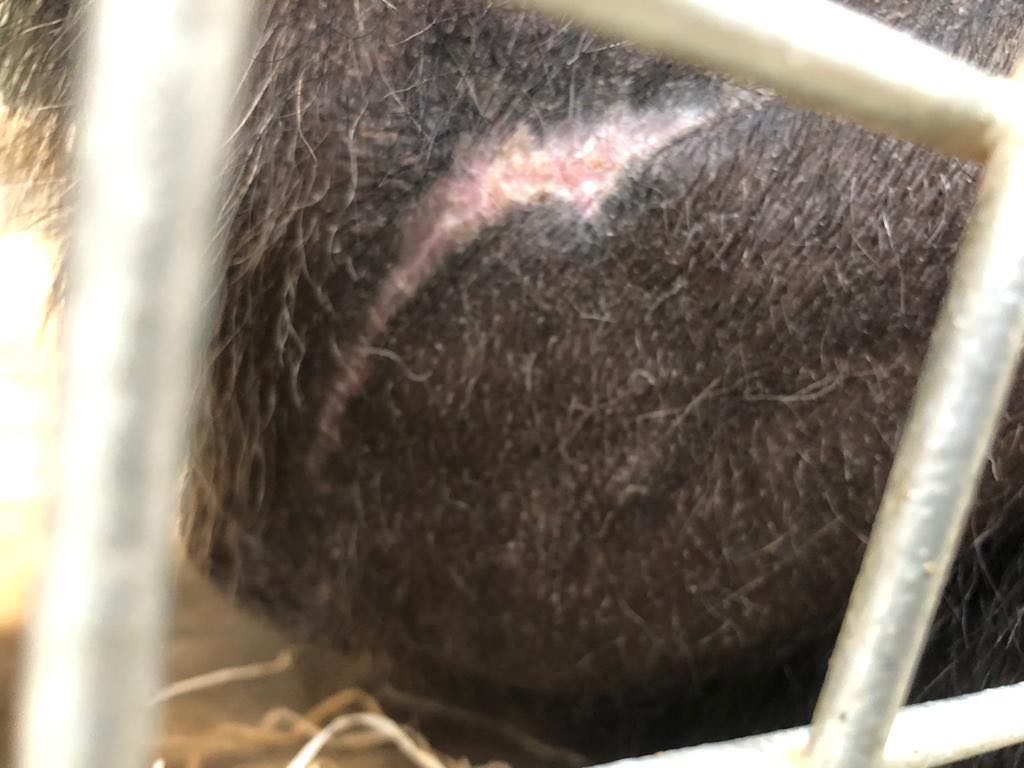
Past projects
